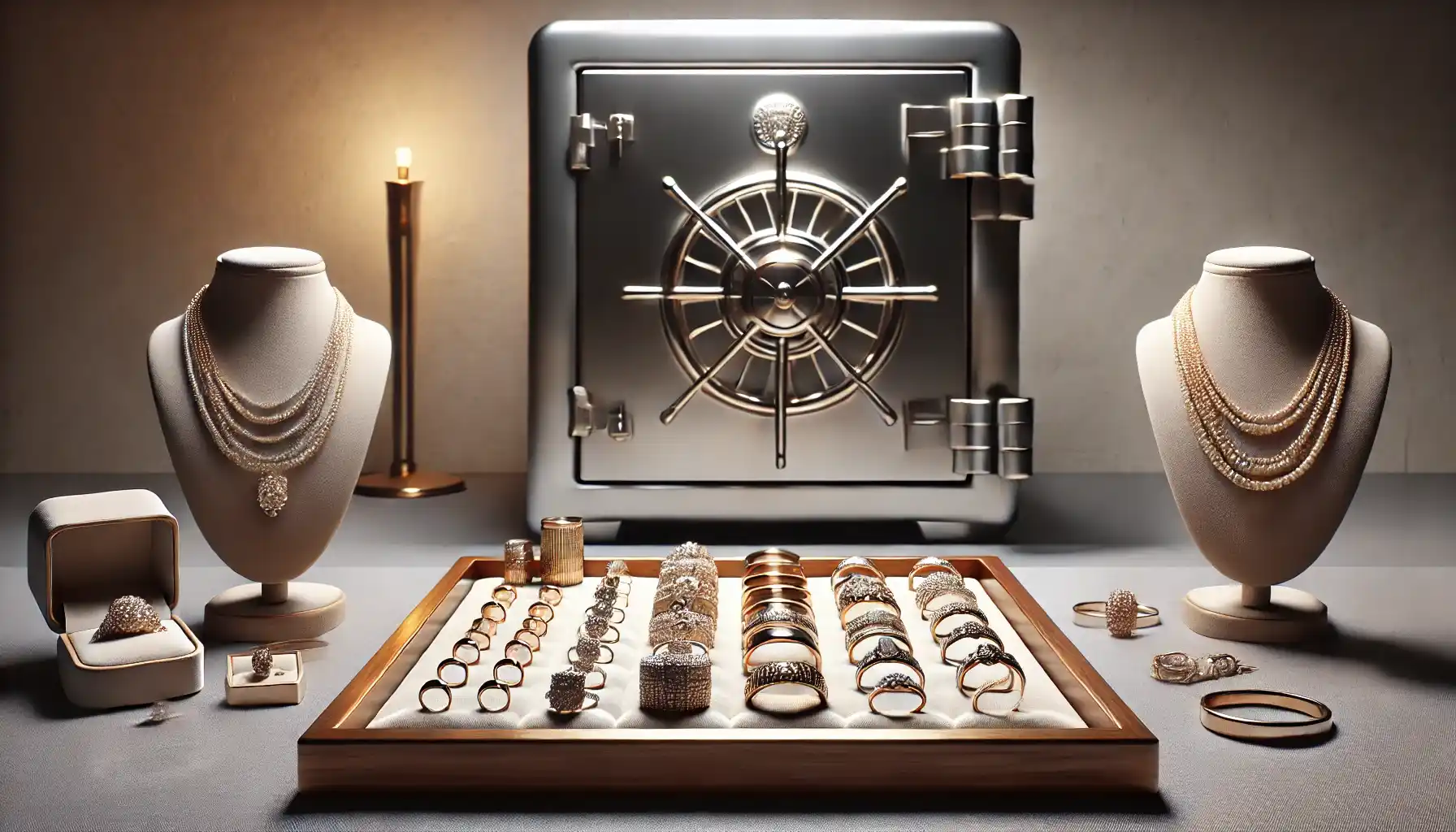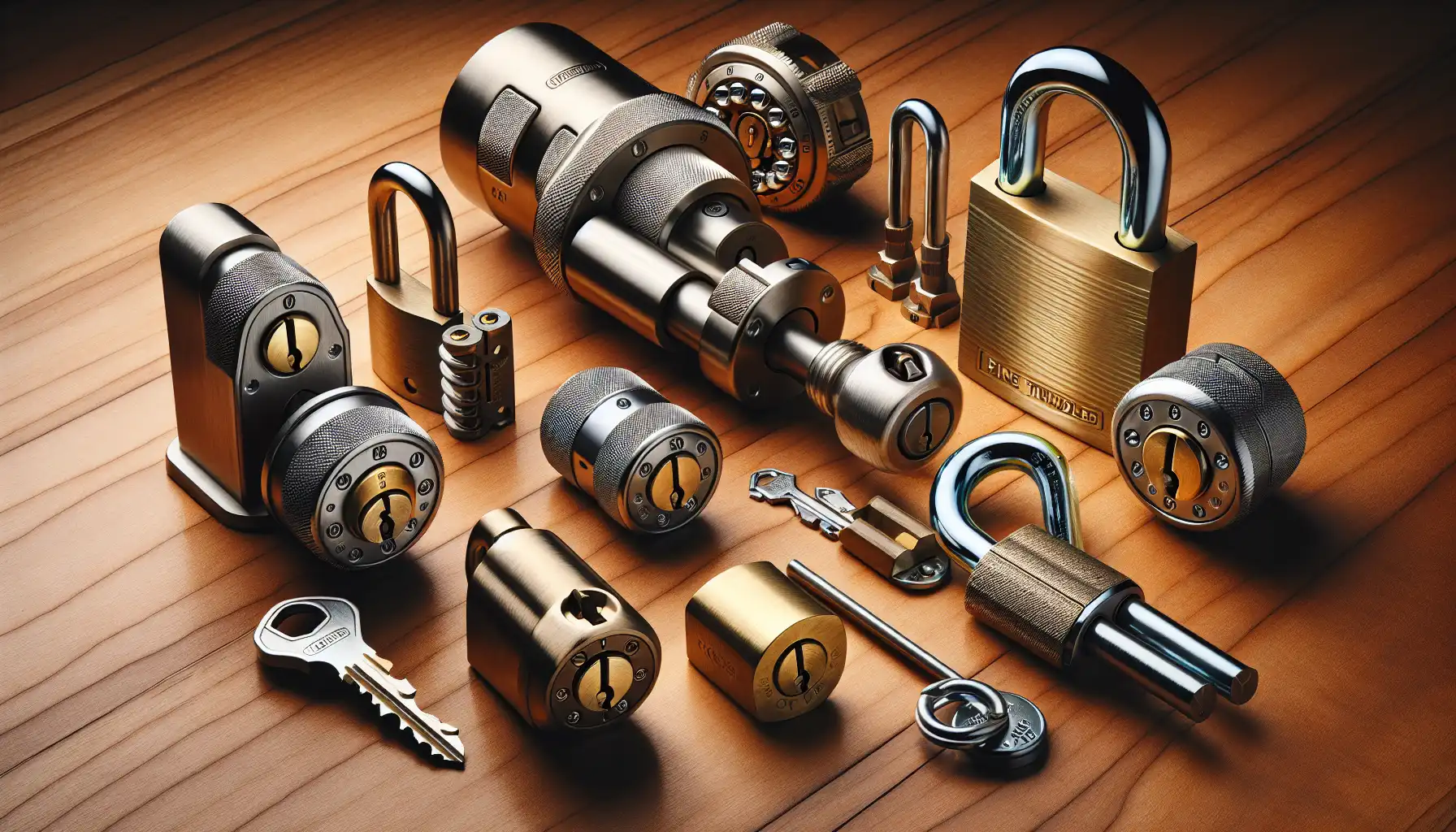Correct choosing and organizing a home safe is an important step in saving both your riches and your peace of mind. Just as collectors carefully consider the Walking Liberty half dollar grading to assess the coin's condition and value, you should also take into account many nuances when creating a storage system for your treasures and valuables. Whether you plan to store family heirlooms, important documents, or collectible coins, a properly arranged safe will help protect your valuables from time, weather disasters, and unscrupulous intruders.
So here we would like to cover everything from choosing the right safe to the specifics of storing coins and jewelry. We will explain how to create ideal conditions inside the safe, what accessories will help you in this, and how modern technology can be your assistant in protecting your coin collection.

Did you know that according to Statista research, there are about 2.5 million home burglaries worldwide every year, and in half of them the intruders are looking for valuables stored in easily accessible places.
It is important to realize that a safe is not just a box with a lock. Its main task is to withstand the threats that may arise: burglary, fire and water.
That is why when choosing a safe, pay attention to the material. For home use, safes made of thick steel cases are recommended. The optimal wall thickness is from 5 mm, and the door - from 10 mm.
Tip: If you live in a multi-story house, pay attention to the weight of the safe. Some models can reach hundreds of kilograms, which will require a reinforced base.
The lock is a basic piece of text and a key element of security. Modern safes are equipped with several types of locks:
Mechanical: a time-honored classic. They are difficult to break into, but inconvenient in emergency situations.
Electronic: allow quick access but require battery replacement.
Biometric: a high-tech solution that utilizes the owner's fingerprints.
Lifehack: Choose safes with two types of locks - mechanical (dial) and electronic. Mechanics are reliable because they don't depend on electricity, while electronics are convenient for quick access. In an emergency, one of the locks can act as a backup.
The placement of a safe is one of the key factors that affects its security. Even the most secure safe can lose its effectiveness if it is installed in an obvious location. Choosing the right location reduces the likelihood of detection by outsiders and thus minimizes the risk of theft.
How do you choose the right location for a safe? Select a suitable niche, if you have the opportunity to equip a niche, do so. The safe can be hidden behind a picture, a mirror or a decorative panel. This solution is not only safe, but also aesthetically pleasing.
Another decent placement option is to embed the safe in the floor or furniture. Built-in safes hidden behind cabinets or built-in appliances become part of the interior and remain virtually invisible. Add a thick rug or solid furniture piece on top to completely camouflage it.
Tip: Do not place a safe in areas that are obvious to intruders. For example, the bedroom, closet and office are on the list of the most popular areas for burglaries, according to research. Police statistics indicate that 75% of criminals check the bedroom first, as money, jewelry and valuables are often stored there.
What should be avoided?
Visible places: For example, a safe installed in the wall without camouflage attracts attention immediately.
Kitchen: Here, humidity and extreme temperature fluctuations can damage the contents.
Bathroom: High humidity accelerates metal corrosion and can affect the function of electronic locks.
Close proximity to windows and doors: A safe that can be easily spotted from outside the house becomes an easy target.
Proper organization of the interior of a safe is the key to keeping valuables for a long time without losing their original condition. Each type of valuables has its own requirements that must be taken into account to protect them from damage.
Coins require special care as their condition directly affects their value, especially for rare pieces. Even the smallest scratches or exposure to moisture can cause a significant drop in value.
How to store coins correctly? First of all, use capsules or holders - a different one for each specimen. Modern capsules close tightly, preventing coins from coming into contact with air, dust and moisture.
Remember that temperature control is very important. The optimum temperature for coin storage is 15-20°C. Sharp temperature changes can lead to condensation inside the safe, which will cause corrosion.
Moreover, it is not superfluous to place desiccants (e.g. silica gel bags) inside the safe. This is especially important if the coins are made of silver, as silver corrodes more quickly. Check the desiccants regularly and replace them as they become saturated.
Interesting fact: A 1794 Flowing Hair Dollar coin stored in ideal conditions sold for a record $10 million at auction. This emphasizes the importance of proper care for rare pieces.
Extra tip: Keeping an organized catalog helps you keep track of the condition of your collection. Use the Coin ID Scanner app to quickly identify coins, assess their condition and find out their current market value.
Legally significant documents such as wills, contracts or property certificates need a special storage strategy. Paper deteriorates over time if it is not protected from external factors. In order to keep your documents in order, it is important to consider the following points:
Use fireproof folders. They will protect the contents not only from fire, but also from water penetration when extinguishing a fire.
Vertical storage is your friend. You can use it to prevent them from warping, creasing and tearing.
Control the humidity in the safe. Paper is extremely sensitive to humidity. The optimal humidity level for storing documents is 40-50%. Use dehumidifiers to avoid mold or yellowing of the paper.
Interesting fact: When stored in special archival folders and files, paper documents remain readable for up to 200 years.

Jewelry requires protection not only against theft, but also careful handling to preserve its appearance. Particular attention should be paid to items with stones and jewelry of intricate design.
It is recommended to use velvet or silk-suede lined trays for storing jewelry, which effectively protect jewelry from scratches and other damage. It is better to store each piece, especially those with stones, separately to avoid unwanted contact. For chains and bracelets, special pouches or holders are suitable to prevent tangling. Periodically, about once every few months, inspect your jewelry to spot any damage, especially on natural stones, which can be prone to cracking if not properly cared for.
Lifehack: Use small plastic zip-lock bags for chains. Place one chain in each bag and zip-lock. This will prevent tangling and contact with other jewelry.
Optimal conditions for storing valuables
Value type | Optimal temperature | Optimum humidity | Necessary protection |
Coins | 15–20°C | Up to 40% | Capsules, desiccants |
Documents | 18–22°C | 40-50% | Fireproof folders, vertical storage |
Jewelry | 16–24°C | 30-40% | Padded trays, individual bags |
A well-organized home safe is a reliable ally in preserving your valuables and, most importantly, your peace of mind. Invest in quality, consider the individual needs of each item, from rare coins to family heirlooms, and your wealth will remain safe for future generations.

Descubre qué distingue a los equipos de seguridad de alta calidad. Explora cómo la durabilidad, tecnología avanzada y soporte excepcional mejoran la protección y eficiencia, asegurando cumplimient...

Discover how to organize a home safe effectively and protect your valuables from theft, fire, and moisture. Learn tips on storing coins, documents, and jewelry under optimal conditions using durable s...

This comprehensive guide highlights the critical factors to consider when choosing locks for high-traffic areas, emphasizing durability, security, and modern features. It explores reliable options lik...